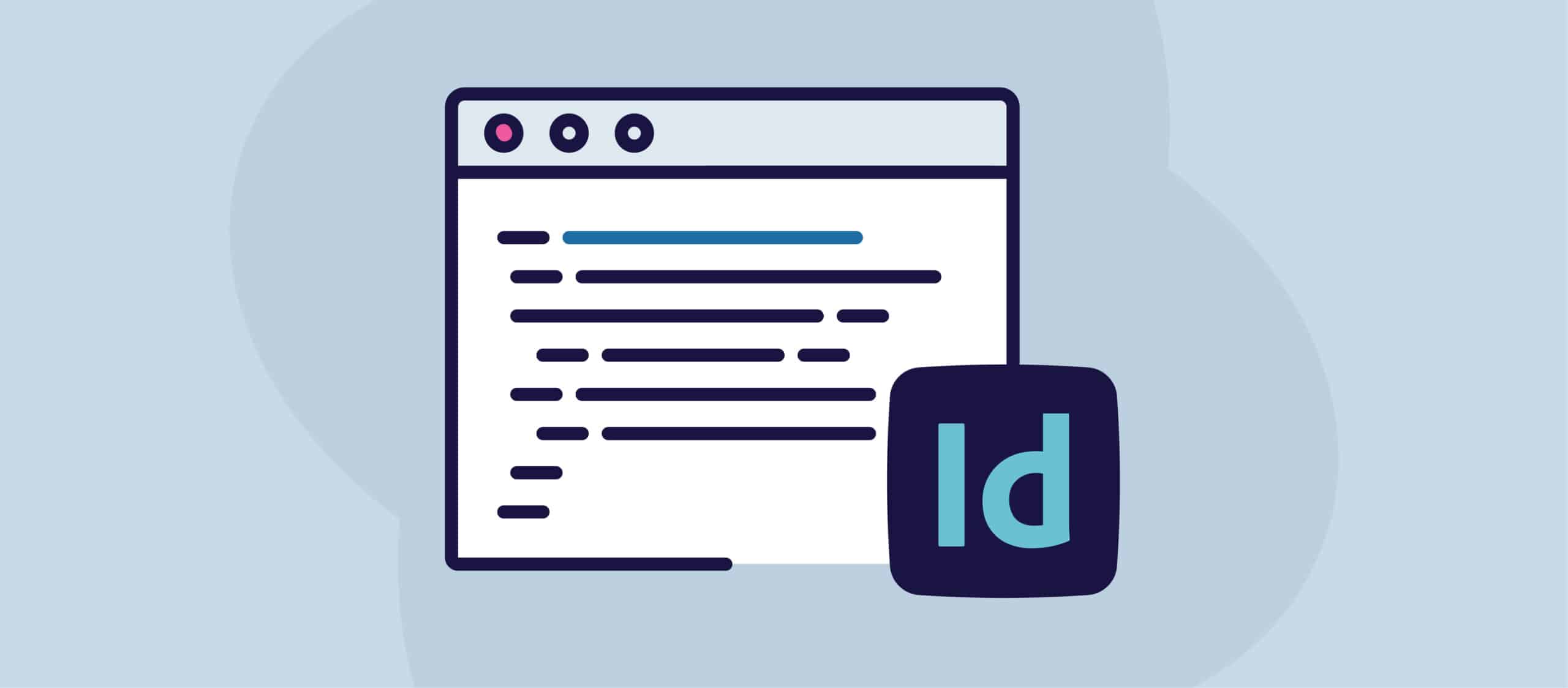The internet has paved the way for memes to become a potent tool in digital communication. Their virality and relevance in pop culture have turned them into a staple for expressing ideas and emotions in the online sphere. However, a glaring issue persists – their inaccessibility to people who rely on assistive technologies.
People with sight loss or dyslexia often use screen readers, software that interprets and vocalizes text. But memes, predominantly composed of images with overlaid text, prove challenging for these technologies, leading to a profound disconnect in digital experiences.
The Power of Alt Text
Fortunately, solutions are being implemented to bridge this gap. One such tactic is the application of “alt text” or alternative text. Alt text is added to images to provide a description, which screen readers can vocalize. This seemingly minor addition allows those relying on assistive technologies to grasp the image’s content, enhancing their online experience.
However, merely describing the image is not enough. Capturing the humour or sentiment behind a meme requires a more nuanced approach in crafting the alt text. Here’s where the art of writing effective alt text comes in.
Mastering the Art of Alt Text
Writing alt text for memes is more complex than it may seem. It requires the ability to concisely encapsulate the meme’s visual content, overlaid text, and intended sentiment or humour.
An effective alt text for a meme could follow this format: a brief description of the image, followed by the overlaid text, and finally, an interpretation of the meme’s context or intended humour. This approach ensures a comprehensive understanding of the meme’s content and sentiment, providing a more inclusive experience.
Adopting Image-to-Text Technologies
Another promising solution lies in harnessing the power of evolving technology. AI technologies, such as Optical Character Recognition (OCR) and image recognition algorithms, can translate image-based text into plain text and describe visual elements.
For instance, OCR technology can ‘read’ the text in an image, while image recognition software can identify and describe the visual elements present. When combined, these technologies can provide a more comprehensive interpretation of a meme, making it more accessible to screen readers.
Embracing Universally Understandable Content
Besides the technical tactics, it’s also worth considering the memes’ content. Memes often rely on specific cultural references or internet jargon, which may be hard to comprehend outside a particular context or community.
Therefore, creating memes that utilize universally relatable themes or humour can be a step towards increased accessibility. While this does not mean that niche or culture-specific memes should be entirely avoided, ensuring a balance can contribute to a more inclusive digital landscape.
A Call for Collective Action
The onus of making memes accessible is not solely on the technology providers. Content creators, social media platforms, and everyone sharing a meme also play a significant role. The widespread adoption of these practices requires a collective effort and a shared understanding of their importance.
Social media platforms can encourage users to add alt text or even make it a requirement before posting an image. Content creators, on the other hand, can consciously choose to use universally understood humour and provide comprehensive alt text to their memes.
The accessibility of memes is a critical facet of creating an inclusive digital landscape. It’s a testament to how the nuances of online communication are evolving and the importance of adapting to these changes. By leveraging alt text, AI technology, and universally understandable content, we can work towards a world where memes – and the broader online experience – are accessible to all.



